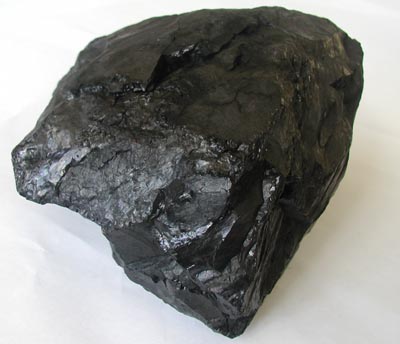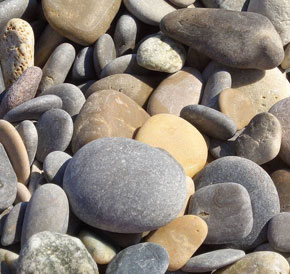Design and Working Principle of Roller Veritcal Mills
Material feed: The wet material is fed through an air sealed feed gate onto the grinding table. The feed gate has to avoid false air inlet to the mill and seal against a fairly high negative pressure in the mill body. For wet and sticky materials triple gates (heatable) are preferred, for general use rotary airlocks are commonly applied, depending on supplier’s philosophies.

Roller Veritcal Mills
Grinding: The material (fresh feed, recirculating material and separator tailings) passes from the table center under the rollers. The material is drawn in-between roller and grinding track and is comminuted. Depending on the roller diameter, table speed, roller pressure and the material characteristics (granulometry and properties) a certain max. particle size can be drawn under the rollers (max. size = 5 - 8 [%]of roller diameter). Higher bed thicknesses require higher grinding pressures and thus absorb more power. More power is also absorbed with increasing material moistures. The ability to form a stable grinding bed is essential for a stable mill operation. Dam rings are often utilized for adjustment of the grinding bed thickness.
Material circulation: The material, which flows over the dam ring is caught by the vertical gas flow from the nozzle ring and lifted up. Coarser particles fall back to the grinding table and finer ones are swept up to the separator for being classified. The internal circulation rate depends mainly on the grindability of the ground material and can amount up to 15 - 25 cycles. Reducing the gas speed in the nozzle ring (adjustment of the open area) leads to falling through of larger particles. The fall through material has to be extracted with scrapers and mechanically recirculated to the mill feed.
Separation: The use of modern separators in roller mills is state of the art. A sharp separation improves the raw meal quality and avoids over grinding (saving of energy). Coarse tailings, fed through the tailings cone to the center of the grinding table, helps the formation of a more stable grinding bed. The raw meal fineness is easily controlled by adjustment of the cage rotor speed.
Drying: Drying occurs mainly where the hot gases exit the nozzles and enter in contact with the moist material. Fine particles have an extended retention time within the drying gases (up to the dust collector), which ensures a good drying performance. The drying rate, resp. drying need is directly reflected in the mill exhaust temperature.
Water injection: At certain conditions, roller mills need water injection to stabilize the grinding bed. Injection nozzles should spray onto the material in front of each roller, proportioned according to the throughput. Water injection facilities with dosing valves can be installed in the mill casing to cool down the kiln gases in case of excess gas temperature and lack of material moisture.
Tagged: Roller Veritcal MillsWorking Principle of Roller MillsDesign of Roller Mills
Get Detail Information:
(If you do not want to contact to our online customer service, please fill out the following form, Our client manager will contact you later. We will strictly protect your privacy.)











